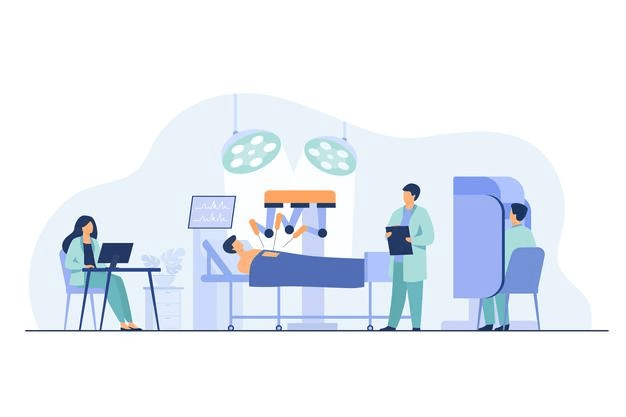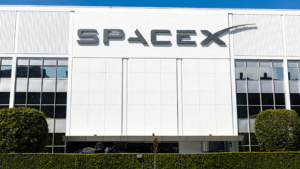
France Loses Luster with Investors as Political Turmoil Rises
Investor confidence in France is deteriorating as political gridlock and budgetary uncertainty deepen.

The coronavirus pandemic has led to unexpected innovations in automation while opening bottlenecks in the implementation of robotic systems in healthcare facilities. They contend that advances in human-robot interaction – such as improving the ability of robots to sense, touch, and decide – will determine whether tomorrow’s robots will help hospitals anticipate the next pandemic.
It may be acknowledged that robots significantly improve patient care and provider safety during COVID-19 by minimizing contact between infected patients and caregivers, reducing the need for personal protective equipment kits, and providing more time to focus on critical tasks. This individually welcomes the benefits that modern technology will provide to the world and how technology can be used to develop adaptive and reliable robots for future infectious diseases.
We already have robots that deliver food and consumables or check a patient’s temperature. We are now talking about much more complex systems – which can perform serious cleaning, perform nursing tasks, and do many things, and not just deliver supplies – and this presents some interesting engineering challenges.
One of the biggest problems is the availability and how quickly a non-expert user can customize the robot. For example, an ICU ventilator bot is designed in a manner that presses or pushes buttons. But some ventilators have knobs, so we need to be able to add modality so that the robot can manipulate knobs as well.
This pandemic demonstrates some of the current limitations of robotic systems operating stably and adapting to challenging, changing environments on a large scale. Robots in busy hospitals must be able to deal with unexpected events and uncertainties. Research should focus on improving the autonomy and training strategies of health robots so that they can perform tasks only with limited supervision.
The most realistic approach to health robots in the near future is shared autonomy, which combines the knowledge of medical professionals with the capabilities of robots. Surviving the pandemic was not easy, and the only reason we survived was the health sector doing the best it could. Healthcare and robotics combined bring a revolutionary change that will not only save more lives but also make tasks easier, faster, and more precise than human intervention.

Investor confidence in France is deteriorating as political gridlock and budgetary uncertainty deepen.

June 09, 2025: Canada will host the 50th G7 Summit from June 15 to 17 in Kananaskis, Alberta, amid heightened global tensions and economic rifts.

May 30, 2025: Canada’s economy expanded at an annualized rate of 2.2% in the first quarter of 2025, outperforming the market forecast of 1.7%.

May 28, 2025: SpaceX’s latest Starship test flight, conducted on May 27, 2025, ended in failure when the spacecraft’s upper stage broke apart during its descent over the Indian Ocean.

May 27, 2025: Greek Coastguards Charged Over 2023 Pylos Migrant Shipwreck That Killed Hundreds

May 27, 2025: Volvo to Cut 3,000 Jobs in Europe as Part of $1.9B Restructuring Amid EV Slowdown and Tariff Pressures.

Investor confidence in France is deteriorating as political gridlock and budgetary uncertainty deepen.

The Fort McMurray First Nation Group of Companies is the wholly owned business entity of Fort McMurray 468 First Nation. It was established in 1987 as Christina River Enterprises, and the organization rebranded as FMFN Group in 2021. Providing Construction, Custodial, Petro-Canada Fuel & Convenience Store, and Transportation services to a broad portfolio of customers, the Group of Companies is creating financial stability and prosperity for the Nation.

Maushum Basu is a visionary leader who inspires his team with a clear, compelling purpose. Unafraid to take calculated risks, he understands that growth often stems from change and innovation. His deep commitment to both Airia Brands, Inc.

When speaking with Martin Paquette, one thing is immediately apparent: he’s honest. His transparency is refreshing. While many shy away from such vulnerability, Paquette sees it as a force to reckon with. The incredible emotional intelligence speaks to years of looking within—it’s also what allows him to acknowledge his mistakes gracefully and use them as opportunities to innovate.

Leave us a message
Subscribe
Fill the form our team will contact you
Advertise with us
Fill the form our team will contact you